Pho, a simple name but evokes many deep memories in the hearts of every Vietnamese. It is a childhood memory of long lines beside steaming pho stalls, waiting no matter the sun or rain. Anyone who has left their homeland, their country, surely cannot forget the feeling of nausea and nostalgia, and then after long flights, through many lands, busy with work, time still lingers in front of a hot bowl of pho waiting behind the airport door. For Hanoians , pho is a part of culture, a familiarity.
The sound of pho vendors knocking on bowls echoes in the quiet space of the streets, when children are still sleepy but already dreaming about bowls of clear broth, soft pieces of beef, smooth pho noodles in hot, fragrant broth. Poet Tu Mo in his poem “Pho Duc Tung” composed in 1934 wrote: “The billowing smoke wafts up to the nose, fragrantly touching the intestines, liver, lungs, and stomach/ Like provoking the hunger of the scrotum/ Though the delicacies of mountains and seas are incomparable”; “Do not despise pho as a lowly food/ In any case, Paris still has to welcome pho…”.
Researcher Nguyen Ngoc Tien, who has spent a lot of time and effort to learn about pho, believes that pho originated in Nam Dinh , starting with pho noodles with bone broth sold to textile workers. The remaining mark is that many Nam Dinh pho restaurants have sprung up in the northern provinces and cities. However, according to him, there are still many hypotheses about the origin of pho. But the proud thing is that pho originated in Vietnam, not a dish that was modified or imported from abroad.
Vietnamese Pho is likened to a symphony of history, geography and culture through its journey through many lands, gathering the best things to create a symbol, from spices with the aroma of the Northwest mountains and forests (star anise, cinnamon, cardamom...) to sea products (fish sauce, sea worms...). That is the sophistication of Pho expressed through the perfect combination of ingredients and spices.
In particular, to have an attractive pot of pho broth, true to the old flavor, according to artisan Le Thi Thiet - President of Nam Dinh Culinary Culture Association - Vice President of Nam Dinh Province Fish Sauce Association, the secret is to add fish sauce. As for culinary culture researcher Le Tan, fish sauce has the role of elevating, a "companion" of pho, playing an important role in creating a unique, unforgettable flavor.
Vietnamese people use fish sauce in pho in a subtle and flexible way. The cook will season slowly, adjust the amount of fish sauce to taste, blend with other spices such as cinnamon, star anise, cardamom... to create a perfect, well-rounded pot of broth. Besides being used in the broth, fish sauce is also used to marinate beef before cooking. The diversity in the use of fish sauce has created richness for Vietnamese pho, at the same time showing the creativity and sophistication of Vietnamese people in preparing this dish.
According to culinary experts, pho does not originate from a luxurious place but from a common origin, on small streets, where pho vendors spread a warm aroma on a chilly winter morning. No matter where it goes, no matter what recipe it is cooked with, Vietnamese pho is always the fusion of an entire nation, from the mountains to the sea, from north to south, blending in soul, love and aspiration. Elegant Hanoi pho, rich Nam Dinh pho, rich variations of Saigon pho..., all contribute to the colorful pho map, reflecting the culinary culture of each region and of the country.
More importantly, Pho has been and is reaching out to the world. Vietnamese Pho restaurants in the US, France, Germany, Japan... are the connecting point for many children living far away from home, always nostalgic, worried and longing, and also an attractive stopover for food lovers. The taste of Pho is the most realistic and subtle introduction to Vietnamese culture to the world.
Conductor Le Phi Phi recalls that as a child he was evacuated and could not eat pho. Later, after studying and settling abroad, on the rare occasions he returned to Vietnam and ate pho with his father, musician Hoang Van, and mother, doctor Ngoc Anh, or in any country he performed in, when enjoying it, he never forgot to add a few drops of fish sauce to make the flavor richer. His son, although of Vietnamese and Macedonian blood, still has the same habits as his father.
In recent years, Vietnam has been constantly promoting cultural and culinary tourism, in which traditional dishes have become the highlight of the journey of discovery for tourists. "Pho streets" in Hanoi, Ho Chi Minh City, Nam Dinh... or culinary tours in Hoi An, Hue, Da Nang... all give tourists the opportunity to enjoy pho in different spaces.
Besides enjoying, culinary tourism also opens up many profound experiences. Tourists are excited to explore every small alley of Hanoi with its rich street life; the traditional pho noodle making village in Nam Dinh; watch artisans cook pho at a long-standing family restaurant; participate in pho cooking classes to bring Vietnamese flavors to their homeland and country...
These interesting elements not only help elevate Pho but also contribute to promoting the image of Vietnam as an attractive destination. In the context of global integration, Vietnamese Pho has truly surpassed the traditional restaurant space, appearing on the menu of many international restaurants, and being honored in world culinary rankings.
The Vietnamese Pho brand in the world has contributed to making the image of the country and people of Vietnam more familiar and friendly, urging tourists to come to admire the scenery, explore the heritage, and enjoy a bowl of authentic Pho. A dish that becomes the driving force to attract tourists to a land is the greatest success of culinary tourism.
Source: https://nhandan.vn/dua-tinh-hoa-cua-pho-viet-vuon-xa-post868723.html


![[Photo] Party Committees of Central Party agencies summarize the implementation of Resolution No. 18-NQ/TW and the direction of the Party Congress](https://vphoto.vietnam.vn/thumb/1200x675/vietnam/resource/IMAGE/2025/10/27/1761545645968_ndo_br_1-jpg.webp)



![[Photo] National Assembly Chairman Tran Thanh Man receives Chairman of the House of Representatives of Uzbekistan Nuriddin Ismoilov](https://vphoto.vietnam.vn/thumb/1200x675/vietnam/resource/IMAGE/2025/10/27/1761542647910_bnd-2610-jpg.webp)













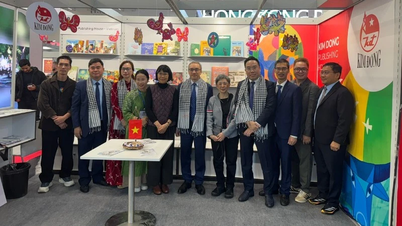


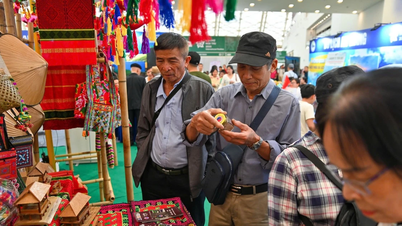














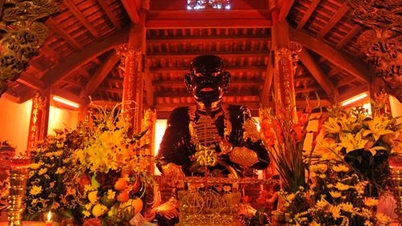




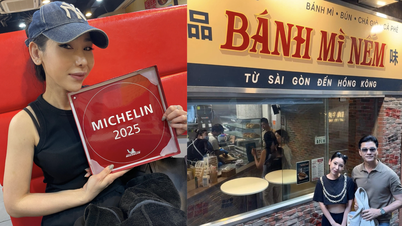

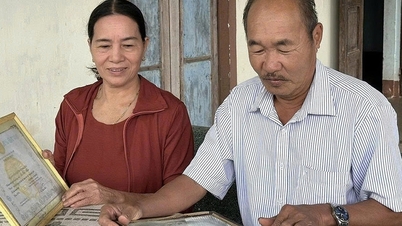













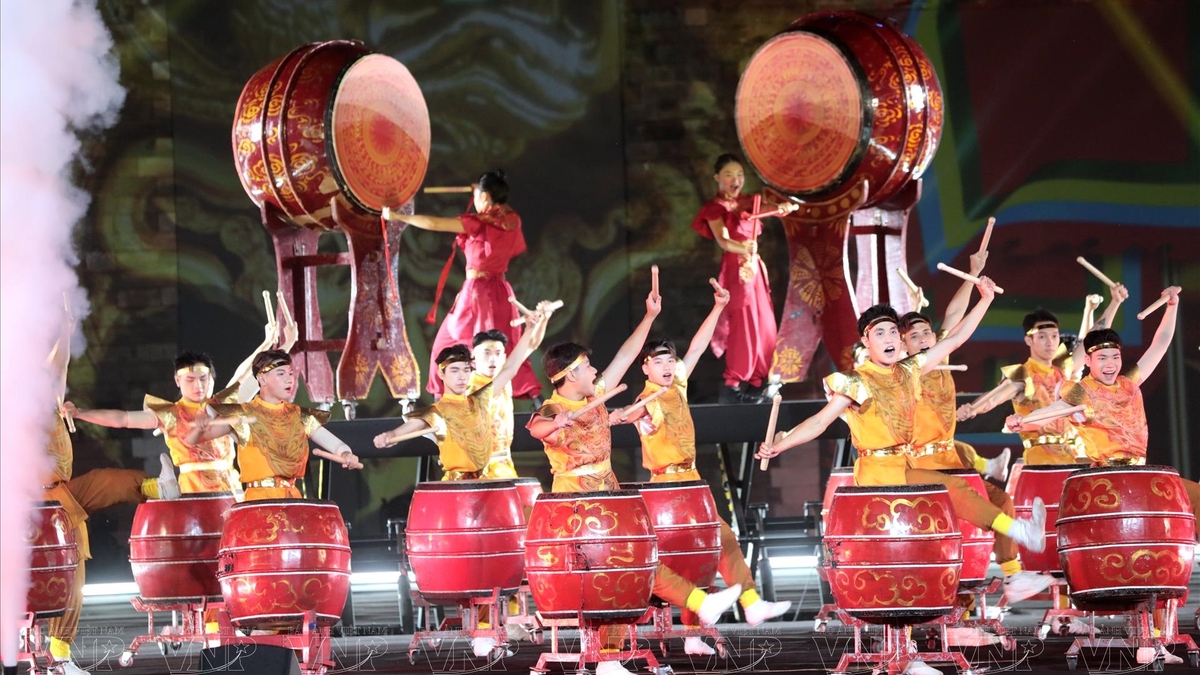

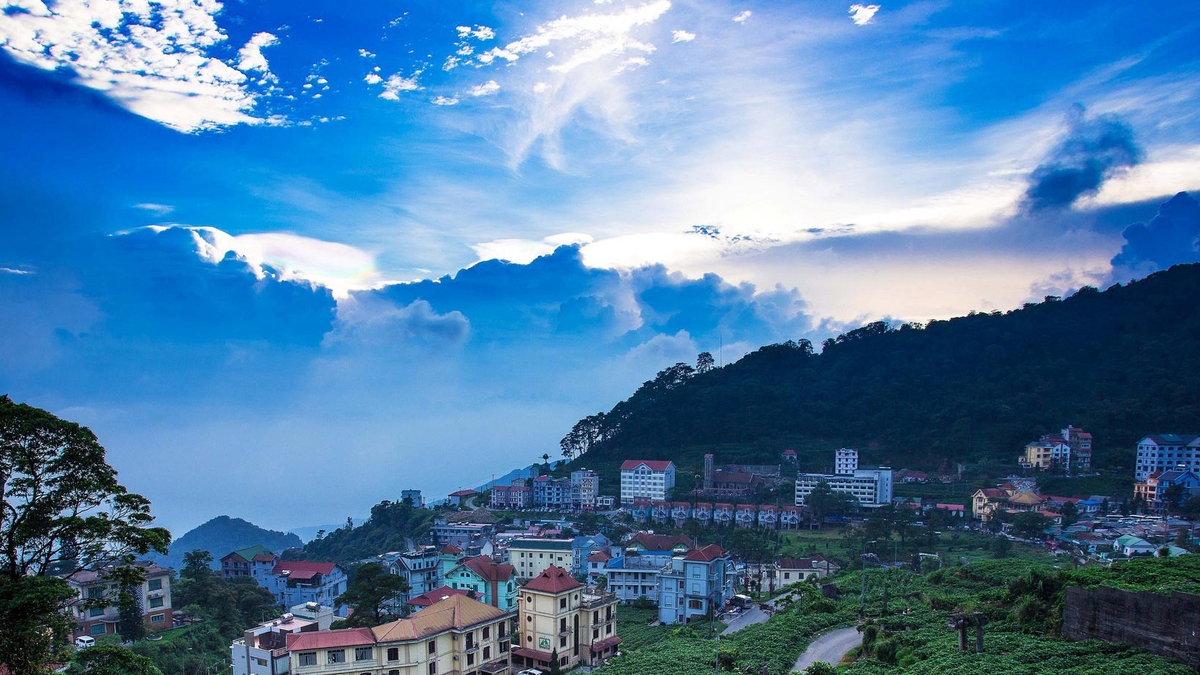











































Comment (0)